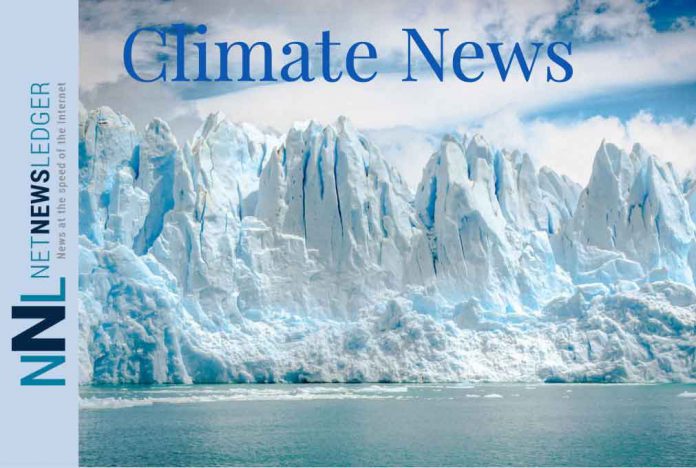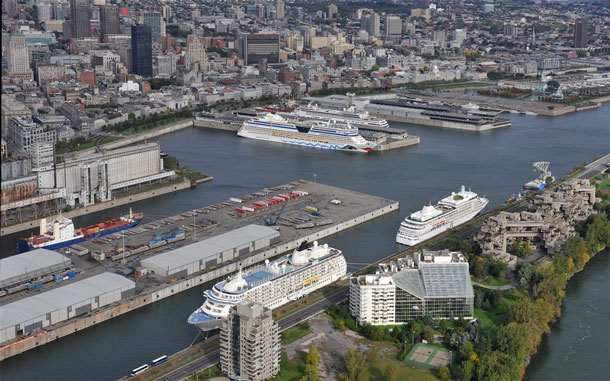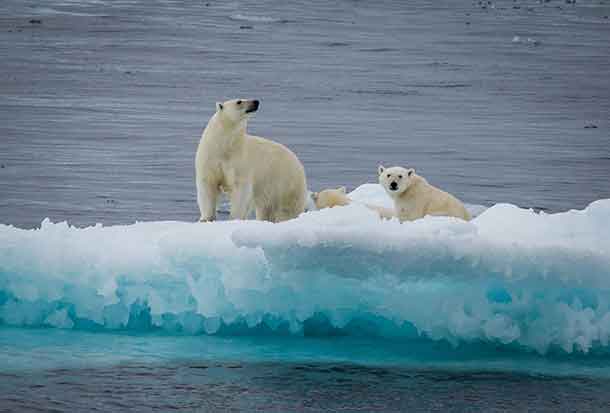New Research Reveals Permafrost’s Impact on Arctic Rivers
In a newly released study from Dartmouth, researchers have unveiled the pivotal role played by the Arctic’s frozen soil, known as permafrost, in shaping Earth’s northernmost rivers. This research, published in the Proceedings of the National Academy of Sciences, marks the first evidence that permafrost significantly influences the characteristics of Arctic rivers.
Climate Change Weakens Permafrost, Potentially Releasing Massive Carbon
Permafrost, the thick layer of soil that remains frozen for two or more years consecutively, is responsible for the unique attributes of Arctic rivers. These waterways are consistently confined to smaller areas and shallower valleys compared to rivers in warmer regions. However, the study also highlights a concerning aspect of permafrost – its vulnerability to climate change.
As global temperatures rise, the Arctic’s permafrost weakens. Researchers estimate that for every 1.8 degrees Fahrenheit (1 degree Celsius) increase in global temperatures, as much carbon could be released into the atmosphere as 35 million cars emit in a year. This phenomenon occurs as polar waterways expand and churn up the thawing soil, creating a potential feedback loop that leads to increased greenhouse gas emissions.
The Battle Between Hillslopes and Rivers in Arctic Landscape
Joanmarie Del Vecchio, the study’s first author and a Neukom Postdoctoral Fellow at Dartmouth, along with her advisors Marisa Palucis, an assistant professor of earth sciences, and engineering professor Colin Meyer, delved into the complexities of the Arctic landscape. They aimed to understand why Arctic watersheds – the total drainage areas of rivers and their connected waterways – tend to have less river area compared to their counterparts in warmer climates.
The research covered more than 69,000 watersheds across the Northern Hemisphere, utilizing satellite and climate data. They analyzed factors such as the depth, topography, and soil conditions of these watersheds. Notably, 47% of the examined watersheds were influenced by permafrost.
Thawing Permafrost Raises Concerns About Rapid Carbon Emissions
Compared to temperate watersheds, those shaped by permafrost featured deeper and steeper river valleys, with approximately 20% less of their surrounding landscape occupied by channels. This consistency was observed regardless of differences in glacial history, topographic steepness, annual precipitation, or other factors that typically influence water and land dynamics. Permafrost emerged as the common denominator shaping Arctic watersheds.
“Any way we sliced it, regions with larger, more plentiful river channels are warmer with a higher average temperature and less permafrost,” explained Del Vecchio. “You need a lot more water to carve valleys in areas with permafrost.”
Arctic Warming Poses Challenges in Understanding Landscape Changes
As the Arctic experiences warming at an accelerated pace, scientists are faced with uncertainties regarding the release of carbon from permafrost. The region has adapted to cold conditions for millennia, making it challenging to predict the speed and scale of carbon emissions if permafrost thaws rapidly.
Marisa Palucis, whose research group uses the Arctic as a model for studying surface processes on Mars, highlighted the rapid changes occurring in the Arctic landscape. Even small amounts of water flowing through rock can lead to significant alterations. “This is a landscape that is adapted to colder conditions, so when you change it, even a small amount of water flowing through rock is sufficient to cause substantial change,” Palucis emphasized.
“Our understanding of Arctic landscapes is more or less where we were with temperate landscapes 100 years ago,” she noted. “This study is an important first step in showing that the models and theories we have for temperate watersheds just can’t be applied to polar regions. It’s a whole new set of doors to go through in terms of understanding these landscapes.”
The study also draws on historical evidence of extensive soil runoff and carbon deposits in the Arctic approximately 10,000 years ago, suggesting a much warmer past. Today, regions like Pennsylvania and the Mid-Atlantic United States, located just south of the former reach of Ice Age glaciers, provide insights into the potential future of the modern Arctic.
While scientists have evidence of past changes, the rapidity of current Arctic warming poses unprecedented challenges. As the world grapples with the consequences of climate change, understanding the intricate dynamics of permafrost and its potential carbon release remains a critical area of research and concern.







